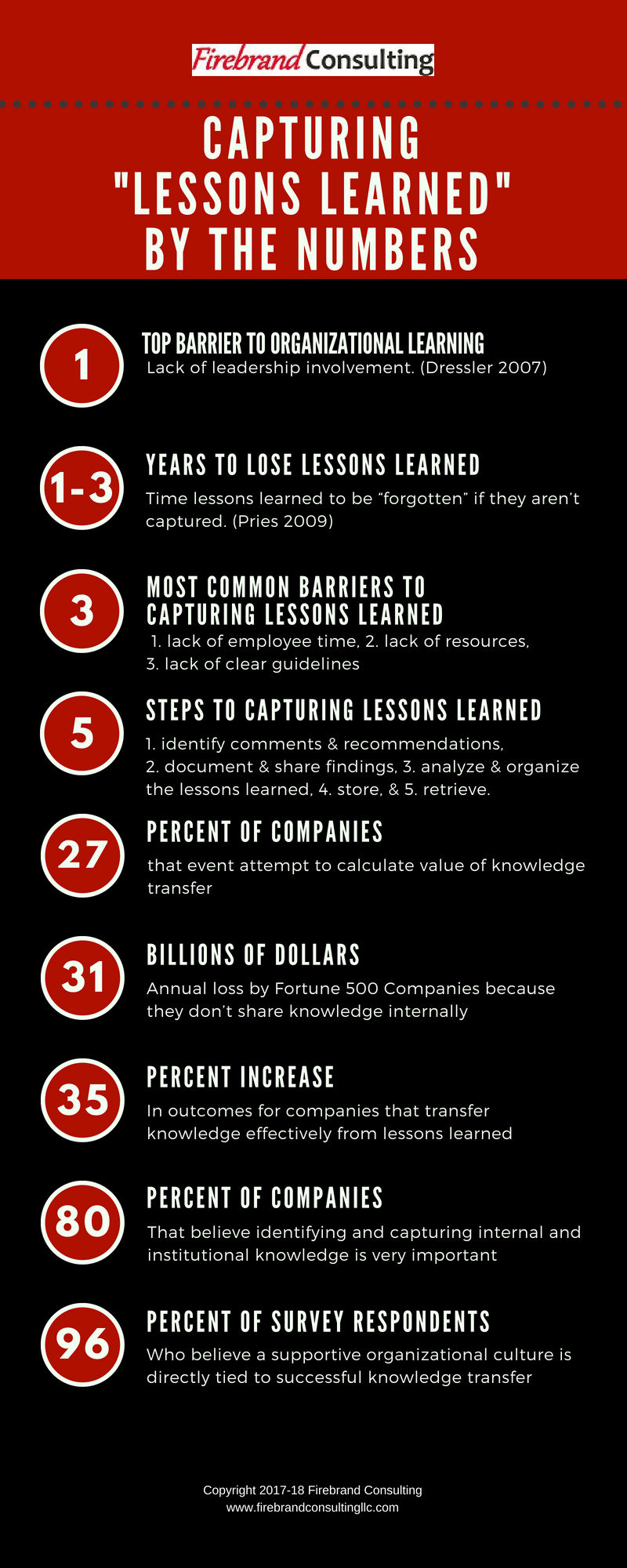 When you lead other people, there is no shortage of learning opportunities. After all, humans are varied and complicated, and circumstances change constantly. Factor in into the mix your own strengths, vulnerabilities, and triggers, and things get really interesting. This is the reason many of my clients aren’t clear about how to follow up and follow through with direct reports without overstepping.
When you lead other people, there is no shortage of learning opportunities. After all, humans are varied and complicated, and circumstances change constantly. Factor in into the mix your own strengths, vulnerabilities, and triggers, and things get really interesting. This is the reason many of my clients aren’t clear about how to follow up and follow through with direct reports without overstepping.
It’s true that a few employees will accuse even the best leaders of micromanaging, often as a way to avoid accountability for their lack of capability or ownership of the work. Sometimes, the leader’s gender influences how much or how little direction the employee is willing to accept. Additionally, the company culture influences the extent to which these complaints are taken seriously.
In general, however, true micromanaging goes beyond typical managerial follow up and follow through. The critical distinction is the MANNER in which you get your team to accomplish the work. This, in turn, hinges on how you see yourself – your IDENTITY.
Here are a few key differences in how you know whether or not you’re micromanaging.
Micromanaging
You’re more likely to “micromanage” others when you see yourself at the center of the issues that come your way. In other words, your identity is that of a “fixer”. You believe the spotlight is on you to perform using your technical expertise, capabilities, and performance. In other words, you overly focus on the tasks to be done as opposed to attending to the interpersonal elements involved.
When you see yourself at the center of the work as the fixer, you might focus too much on your technical competence and on your position to get things done. Thus, you may:
- Believe your technical knowledge and capabilities are superior to that of your team and are what make others want to be led by you.
- Portray yourself as “right”, “strong” and/or “in charge”, exhibiting your strengths and hiding your vulnerabilities.
- Expect respect you based on primarily your position.
- Make decisions and insist on employees’ work being done your way without their input, even in non-urgent or emergency situations.
This way of seeing yourself, may lead you to:
- Focus on the technical aspects of the work rarely if ever refer to the reason for the work and its impact to the team, customer, community, or company.
- “Hover” and often jump in to do the work yourself because “it’s faster if I do it” or “they won’t do it right”.
- Ignore putting in place systems and shared understandings of how to work together, so your follow up may seem haphazard or unpredictable and taken personally as blame.
- Take it personally and/or look for who is to blame when things go wrong.
- Surround yourself with others who reinforce your view of yourself as the most competent.
Leading Without Micromanaging
In contrast, you’re more likely to lead without micromanaging when you take the focus off of yourself and put it on the challenge, issue, or opportunity. Thus, you identify yourself as a “facilitator”.
Even with competent technical skills, you know that the “soft skills” of understanding and engaging people is key to mobilizing their abilities. You rely less on your formal authority and relate to others using more informal influence instead. You are more likely to:
- Honor your strengths and own your vulnerabilities without trying to hide either.
- See yourself as a resource for your team and as a steward of ideas and talent.
- Hold yourself and direct reports accountable for deviations from purpose, values, objectives, and systems.
- Stay with conflict and dissension within your team to channel it into productive discussion.
- Give credit and take the blame.
Because you keep the work at the center of everyone’s attention, you most likely:
- Value talent and seek those who complement your capabilities and add to the team’s capabilities to do the work.
- Focus on creating conditions that grow and harness team capabilities to accomplish the work.
- Spend time clarifying roles and responsibilities to make sure your team knows who owns the various aspects of the work.
- State the purpose and objectives for tasks and projects to focus your team on what’s important to guide the work.
- Get input from your team on what’s working and what’s not working.
- Set up formal, systematic ways to follow up and check in with each other to make sure the work is on track and to address unexpected obstacles and accountability, to get other support, or to celebrate successes.
- Approach some aspects of the work experimentally, addressing calculated risks, mistakes, and failures as learning opportunities.
Determining your manner of leading with accountability and without micromanaging is a like learning to balance use of the gas and the brakes. It’s an art and a science to know when to follow up for accountability and when to let someone continue down a path to learn from a potential failure. It starts with how you see yourself in your leadership role: fixer or facilitator. As with the gas and brakes, with practice, you’ll get the feel for what it’s like to lead without micromanaging.
WANT TO USE THIS ARTICLE IN YOUR NEWSLETTER, BLOG OR WEBSITE? You can, as long as you include this information with it: Beth Strathman works with women in leadership who want to have more positive impact within their organizations, by gaining greater composure, focus, and influence with their teams. Learn more at: bethstrathman.com.
 It’s easy to lose focus on the fact that your team’s work is part of a strategic plan to accomplish the company’s big picture vision and mission. You can get so caught up your own focus and tasks that you assume everyone else is automatically aware of how their work connects to the company vision and mission. Consequently, your team and its work becomes mundane, reactive and uninspired. This kind of atmosphere can lead to higher turnover and lower productivity and engagement.
It’s easy to lose focus on the fact that your team’s work is part of a strategic plan to accomplish the company’s big picture vision and mission. You can get so caught up your own focus and tasks that you assume everyone else is automatically aware of how their work connects to the company vision and mission. Consequently, your team and its work becomes mundane, reactive and uninspired. This kind of atmosphere can lead to higher turnover and lower productivity and engagement. Is it difficult for you to find the right balance between being task-focused and relationship-focused? Is it simply challenging to figure out how “nice” you need to be at work? Do you ever wonder what it really means to be a good team player?
Is it difficult for you to find the right balance between being task-focused and relationship-focused? Is it simply challenging to figure out how “nice” you need to be at work? Do you ever wonder what it really means to be a good team player?
 Approximately 60% of new supervisors or first-time managers receive no leadership training and development before they are promoted to their positions. Maybe that accounts for why employees see 50% of their supervisors as ineffective. It appears that companies don’t believe or aren’t aware of the available research about the skills needed to be a good manager. Nor are they aware of the negative impacts that pile up when their managers aren’t competent.
Approximately 60% of new supervisors or first-time managers receive no leadership training and development before they are promoted to their positions. Maybe that accounts for why employees see 50% of their supervisors as ineffective. It appears that companies don’t believe or aren’t aware of the available research about the skills needed to be a good manager. Nor are they aware of the negative impacts that pile up when their managers aren’t competent.

 Colette Herrick, is an executive coach, strategic facilitator and CEO of Insight Shift, a Utah-based firm since 2002. The overarching aim of her work is to support leaders, teams and organizations to innovate collaborative solutions, accelerate results, and experience greater fulfillment.
Colette Herrick, is an executive coach, strategic facilitator and CEO of Insight Shift, a Utah-based firm since 2002. The overarching aim of her work is to support leaders, teams and organizations to innovate collaborative solutions, accelerate results, and experience greater fulfillment. We laugh at passive aggressive behavior on sitcoms, tune in for more on reality TV, and read the snarkiness on social media. Nonetheless, it’s no laughing matter in the workplace.
We laugh at passive aggressive behavior on sitcoms, tune in for more on reality TV, and read the snarkiness on social media. Nonetheless, it’s no laughing matter in the workplace.